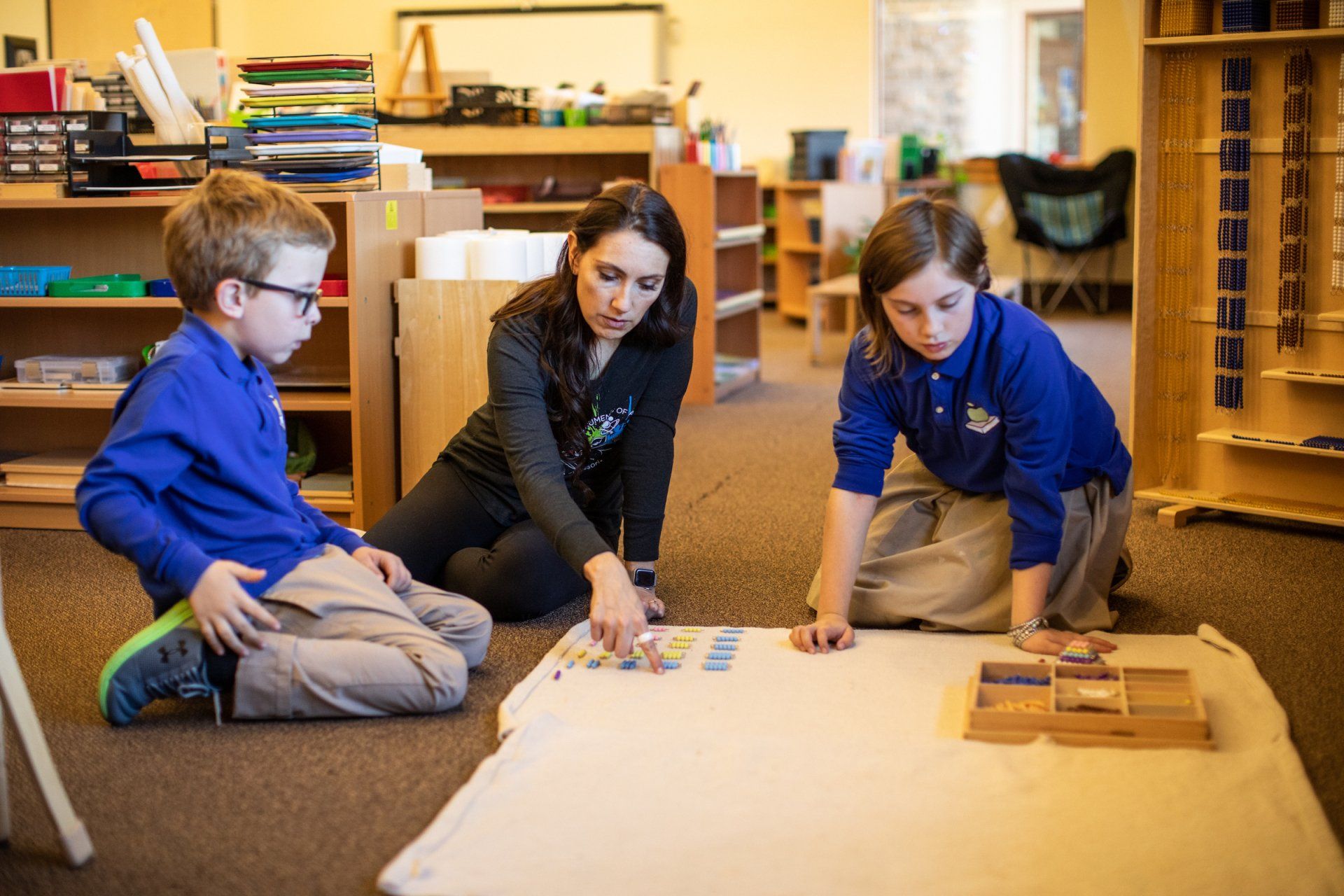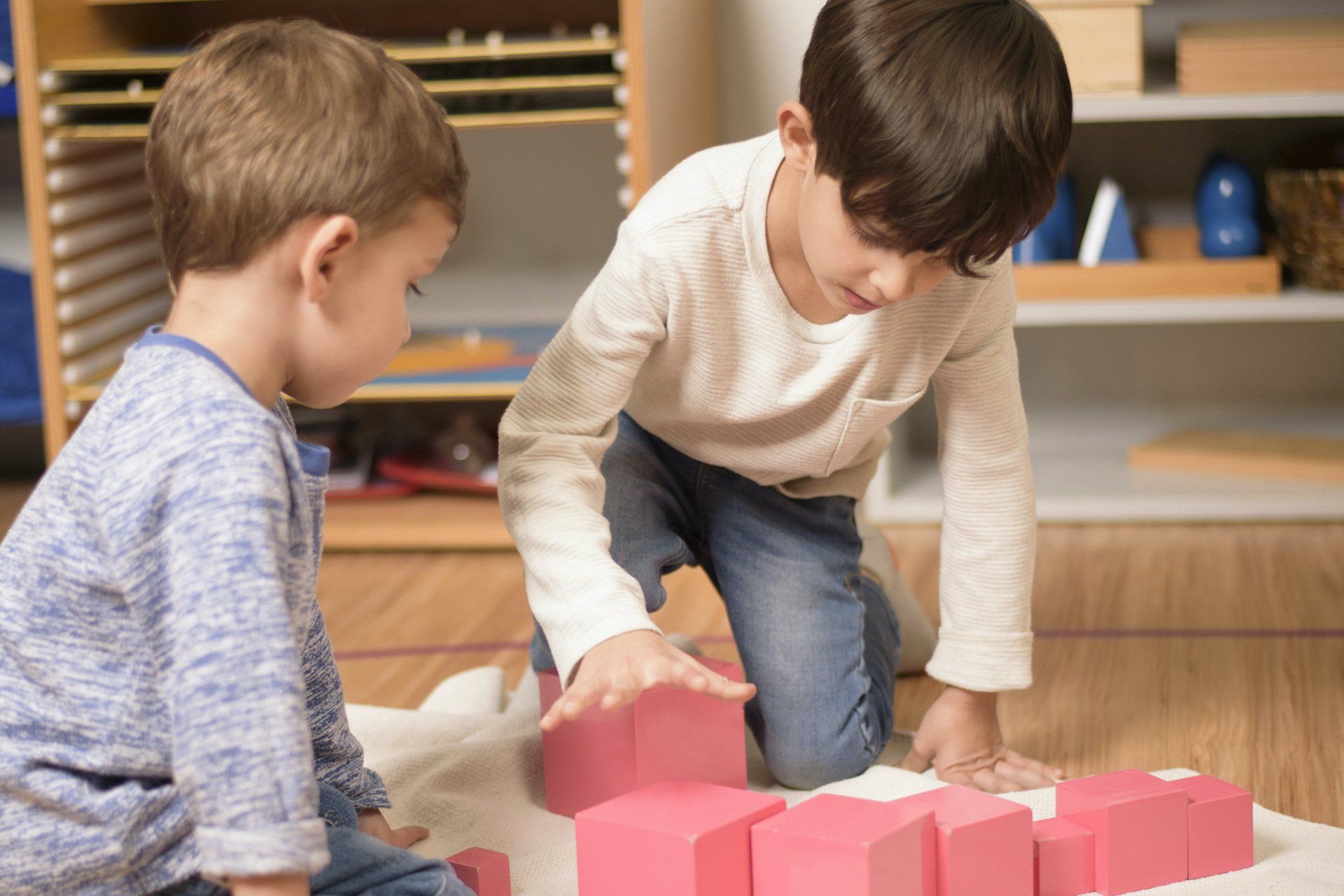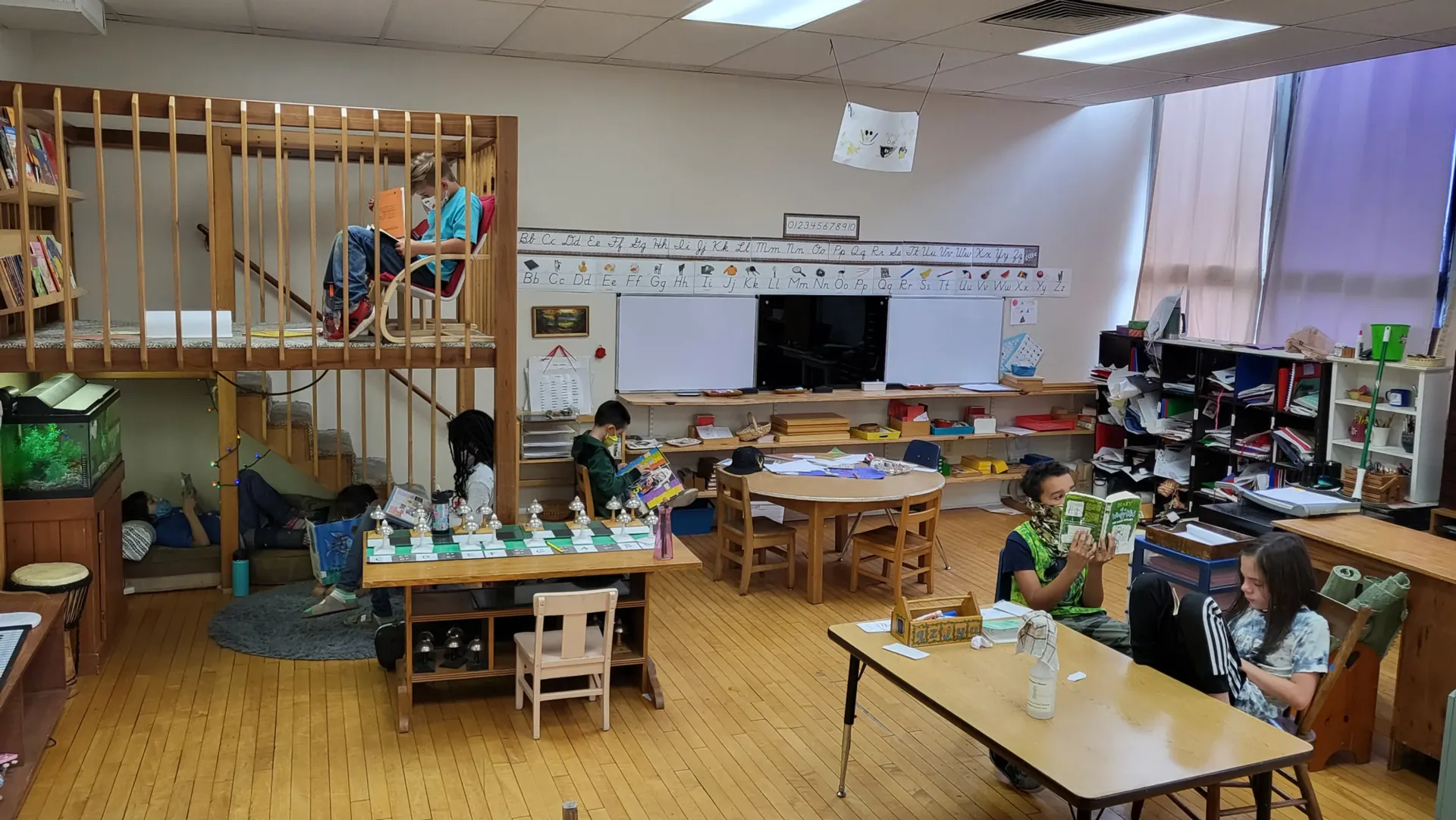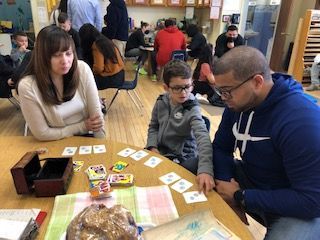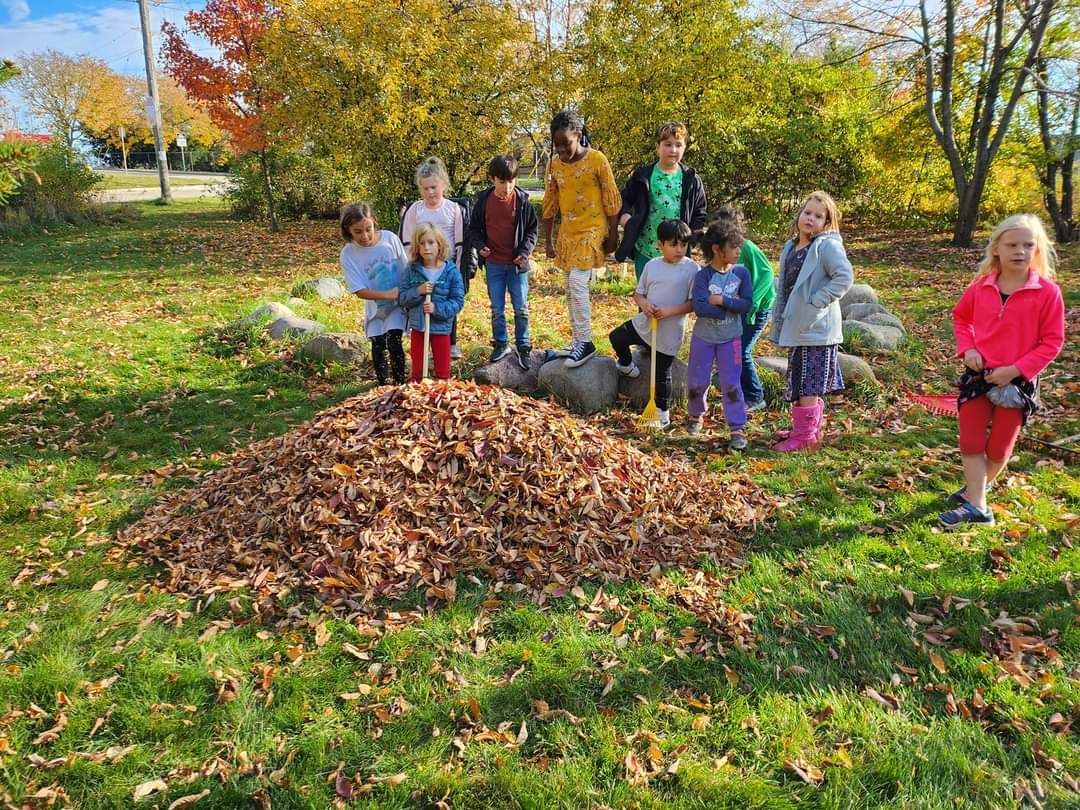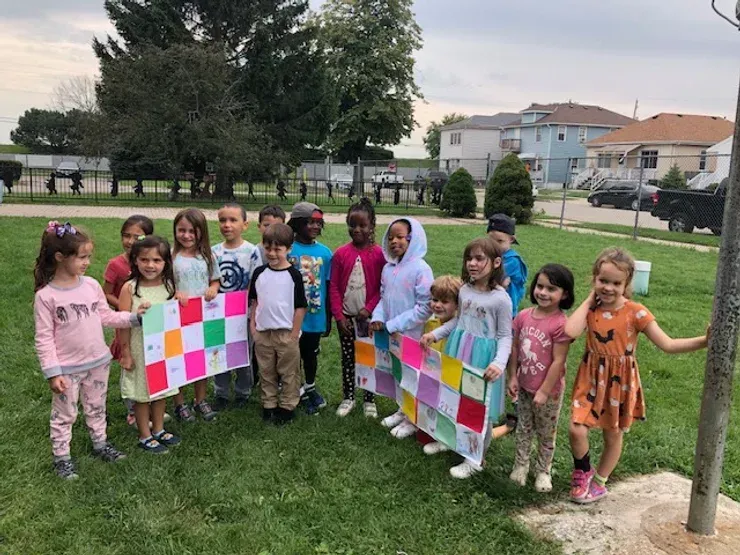
What makes Racine Montessori such a special school community?
In 1963, Racine Montessori School was founded by a group of Racine families who dreamed of giving their children a remarkable educational experience that would support their development in a way that traditional education could not. Their dedication and commitment to our school have grown to include generations of families and alumni, several of whom have returned to serve on our Board or teach at our school.
Because we are a private parent-led school and our administration is Montessori trained, we have the autonomy to make decisions that best benefit our students and community. We are able to adhere to the Montessori principles without having to fit in many of the requirements that are geared towards traditional public schools.
Our morning childcare program and morning drop-off schedule allow for a relaxed and peaceful beginning to the school day. Our carline runs from 8:20am until 8:45am, giving families the flexibility to take the time they need to start the day in a positive way. This practice is also a lesson in independence for the younger children who learn to hang their coats and backpacks, then greet their teachers as they enter their classrooms. We also offer aftercare for parents who need to schedule around their work hours.
RMS students go out into the community to learn more about what they have studied, to offer their services to others and to delve into new interests that have sparked their curiosity.
Our classrooms are spacious and beautiful. They are prepared learning environments in which the children can grow, discover and flourish. The students learn to appreciate and care for everyone and everything in their classroom community.
RMS parents sit on our Board of Directors. They are involved in many of our school events and are vital to the success of our school programs. Our families are invested in making Racine Montessori a safe and amazing place in which their children can grow and learn.
Our children spend time exploring the outdoors. They can grow things in our greenhouse, care for our nature center, relax in our peace garden and have many Montessori adventures on our school grounds.
After 60 years of Montessori experience, we are sure of who we are and what our mission is. Racine Montessori is here to assist every child who enters through our doors to reach their full and unique potential, developing confidence, independence, respect and a deep love of learning. These are qualities that will shape our students for the rest of their lives and will not only benefit them but the world they live in.
